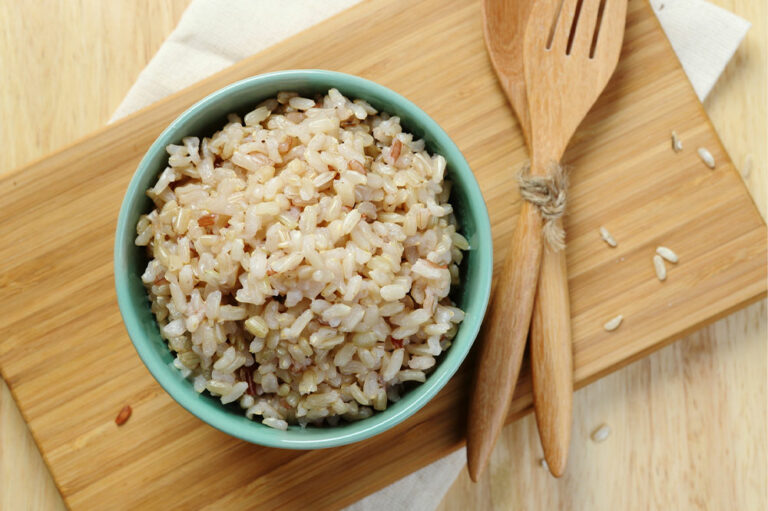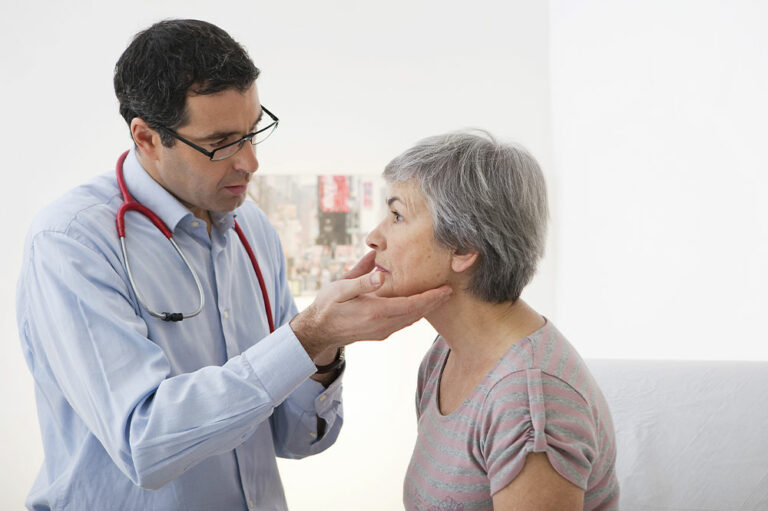
3 tips to lower blood sugar for diabetes management
Diabetes hinders the body’s ability to produce sufficient insulin, or it fails to use the hormone to its required potential. Such an issue results in excess blood sugar present in the bloodstream. Furthermore, the rise in blood sugar can trigger nerve and kidney damage. Today, about 37.3 million adults in the country are affected by this disease. Here are three essential tips for lowering blood sugar levels and managing diabetes: Seek the right treatment Getting the right treatment is a great way to manage diabetes. Glucotrust is one such treatment option for diabetes. Available in the form of capsules, Glucotrust is a support supplement for managing blood sugar levels. The formula helps you maintain healthy blood sugar levels in the body, get sound sleep, and promote smooth blood circulation. Those who have type 2 diabetes must take the prescription INVOKANA® (canagliflozin). It curbs blood sugar levels in adults and reduces the risk of symptoms like heart attack and stroke. Another treatment option is Kerendia, which helps treat chronic kidney disease in adults with type 2 diabetes. The once-daily tablet will help prevent symptoms like worsening kidney disease, heart attacks, and kidney failure. Further, one may consider Dexcom G6, which is a continuous glucose monitoring (CGM) device that needs to be inserted just beneath the skin.
Read More 










